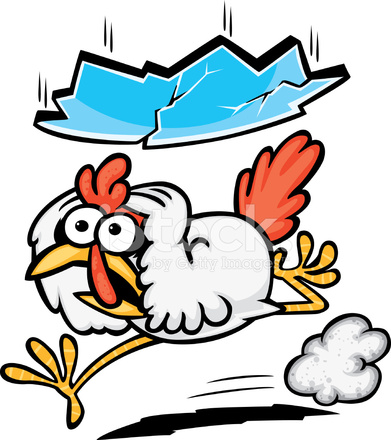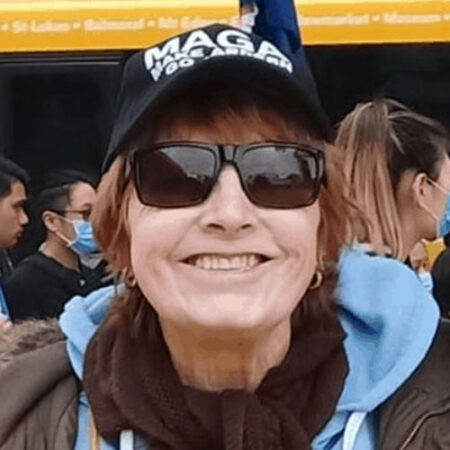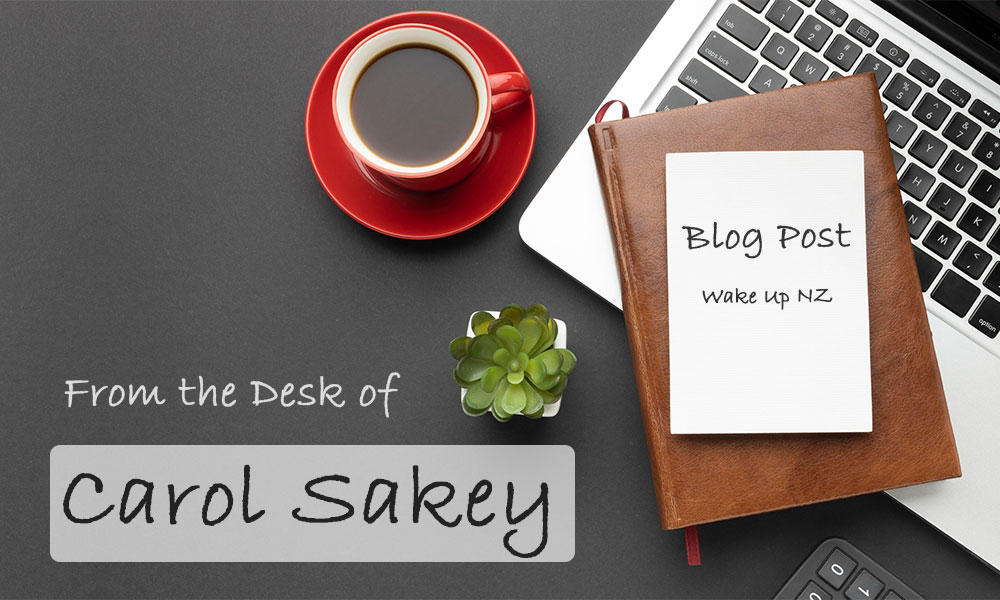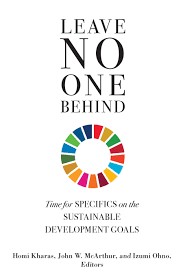
INDIGENOUS PEOPLES AND UN AGENDA 2030 GLOBAL DEVELOPMENT GOALS (NEW ZEALAND) REFERENCES MADE TO AUCKLAND COUNCIL
Agenda 2030 and the SDG’s collaboration with the Indigenous Peoples worldwide including that of Iwi Elite in New Zealand. This incorporates a broad universal policy described as ‘integrated and indivisible’. An opportunity for ‘Our Land and our Water. October 2019 the publication of the ‘Journal Of Human Development and Capabilities.. authors M Li-Ming Yap and K Watene, this referred to the framework informed by the United Nations Declaration on the Rights of Indigenous Peoples (UNDRIP). Policy relating to the UN Agenda Global Development Goals and Targets relating to Indigenous Peoples in Australia and New Zealand. Thus exploring how Indigenous communities are developing their own Agenda 2030 Indicators for national governance and goal setting. The UNDRIP was endorsed, implemented to drive the worldwide global agenda, reframe policy relating to Indigenous Peoples having their own UN Agenda 2030 indicators.
Watene is a lecturer in Philosophy at Massey University, researching contemporary political philosophy and development studies, with a commitment to Indigenous Philosophies and Development, a previous Research Fellow with the James Henare Maori Research Centre at Auckland University. In 2020 the rethinking of UN Agenda 2030 SDGs for the Artic Indigenous Peoples was described as ‘Reshaping SDGs in light of the ‘New Normal’. Prioritizing the relevance of the Arctic’s environmental and social systems that are interlinked to other parts of the globe. Thus referring to open dialogue with Artic Stakeholders engaging with equal partnership under the guidance of the Artic Indigenous Peoples. Adding five more global development goals to the 17 that already exist.
These being – Sustainable Governance and Indigenous Rights, Resilient Indigenous Societies, Livelihoods and Knowledge systems, Life on Ice and Permafrost, Equity and Equality in Access to Natural Resources, and Investment in Youth and Future Generations. The Indigenizing of the Artic with Agenda 2030 SDGs.. Global Development Goals.( Including the Artic in the Global Agenda). April 2018 Reference was made to ‘Agenda 2030 from the Artic Perspective’ an event at the United Nations Permanent Forum on Indigenous Issues and also ‘Indigenous Self-governance working alongside Agenda 2030 Global Development Goals’. February 2019 as UN SDG Agenda 2030 Indigenous Peoples workshop was held for member of the ‘Artic-FROST and Artic-COAST networks. The Aotearoa NZ Centre for Indigenous Peoples and the Law was established in 2017, this is a centre hosted at the Faculty of Law Auckland University. Promotes student engagement in Indigenous issues, Indigenous Rights such as referred to in International organizations such as the UN.
The centre collaborates with other universities and international scholars that focus on Indigenous Peoples issues and training for judges on legal development relevant to Maori and Indigenous Peoples in advancing Indigenous rights legally. The centre also established the Indigenous Impact Programme in 2019, this is a legal education clinic where students gain first hand experience of working with clients and on law reform, access to justice issues for Maori.
Auckland Council Indigenous Biodiversity Strategy refers to implementing indigenous biodiversity on council land, to conserve Indigenous Ecosystems and Sequences. Auckland Council Agenda 21 (UN) a plan to implement a principle of sustainable development, July 2012 Auckland Councils Indigenous Biodiversity Strategy. The Resource management Act (RMA) requires decision makers to take into account the principles of the Treaty of Waitangi. However I will add to this by stating that Principles and Partnership were not created in the original Māori version of Te Tiriti o Waitangi. Legislations and the Judicial created the Principles and Partnership in the 1980’s. The RMA decision makers must take into account the relationship of Maori and their culture, traditions with their ancestral lands, water, sites, waahi tapu and other taonga, with particular regard to kaitiakitanga.
PLEASE NOTE: This document refers to ‘Biodiversity’ everywhere, considering all Auckland Councils activities and their decision making everywhere which includes public and private land, including peoples backyards in urban areas, parks and schools, farms, industrial sites, roadsides. It also includes aquatic and terrestrial biodiversity from forests, scrublands, wetlands, estuaries to coastal, intertidal, island marine biodiversity. With particular regard given to species and ecosystems that are unique to Auckland. Also exotic plants, animals are to be protected by Indigenous values. Auckland Council meeting 7th July 2022 ‘The Environment and Climate Change Committee referred to the Independent Maori Statutory Board who are appointed members of the committee (Information Auckland Council pdf 42 pages)
LINKS: An opportunity for ‘Our Land and Our Water’ https://ourlandandwater.nz/outputs/the-sustainable-development-goals-and-indigenous-peoples-another-missed-opportunity/
https://www.tandfonline.com/doi/full/10.1080/13504509.2020.1868608?src=recsys
RESEARCHED By Carol Sakey
-
-
Monday - May 6, 2024 - Uncategorized
(66)





Leave a Comment